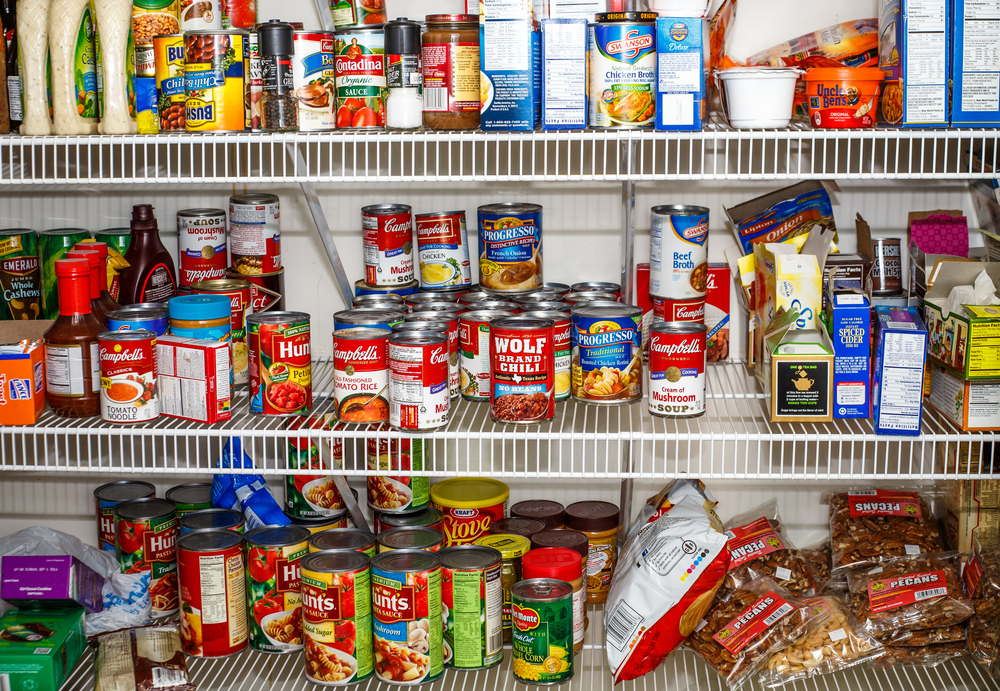In a world where expiration dates seem to rule our kitchen decisions, you might be surprised to learn that these dates aren’t always the be-all and end-all. Many people toss perfectly good food just because a label says so. But let’s dive deeper into this and explore the curious instances where those stern-looking dates might be more of a suggestion than a commandment. So, here are 13 times you can confidently overlook that ticking clock on your food packaging.
1. When Dairy Isn’t Looking Funky

If you’ve ever panicked over milk’s expiration date, relax—it’s not always a hard line in the sand. Many dairy products, like milk or yogurt, can last a bit longer than their expiration dates suggest, as long as they don’t smell off or have a weird texture. A quick sniff and a small taste can be your best guide. According to food safety expert Dr. Benjamin Chapman, the “sell by” dates are more about retailer turnover than actual spoilage. So, your nose might actually be your best ally in deciding when to pour it or store it.
You may have been trained to toss that milk carton right on its expiration date, but it’s not always necessary. The key is to look for visible signs of spoilage like curdling or separation. If it still looks, smells, and tastes fine, it’s likely safe to drink. Just keep in mind to store it properly in the coldest part of your fridge. This small habit can help reduce food waste while saving you money.
2. Eggs: The Floating Test

Eggs are another food item where the expiration date can be misleading. The good news? Eggs have a built-in safety test that doesn’t involve a date stamp—it’s called the floating test. Fill a bowl with water and gently place the egg inside. If it sinks and lays flat on its side, it’s fresh. If it stands upright or floats, it might be time to say goodbye.
Your carton of eggs might have a date printed on it, but that doesn’t automatically make them bad after that day. Eggshells are designed to protect their contents for a surprisingly long time. The water test is a simple way to ensure your eggs are still good without wasting them due to arbitrary dates. Remember, older eggs might still be safe for baking even if they’re not great for frying. So, give your eggs a chance before you bin them.
3. Canned Goods: Built To Last
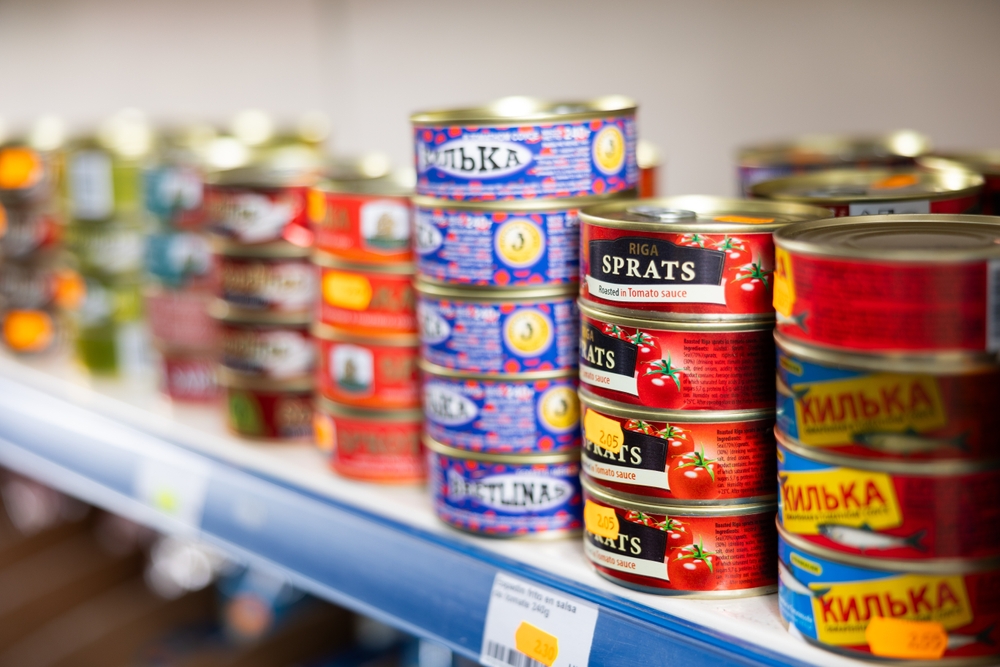
Canned foods are practically the superheroes of pantry storage, designed to last long past their expiration dates. The low-acid varieties, like vegetables and meats, can often be safely consumed for years, provided the can isn’t dented or rusted. A study by Dr. Ted Labuza at the University of Minnesota found that canned goods can last five to ten years beyond their printed dates under optimal storage conditions. So, if your pantry is stocked with canned beans or soup, they might be good for a while longer.
Having a supply of canned foods can be comforting, especially when expiration dates seem too soon. Just pay attention to the can’s integrity; a compromised can is an unsafe can. As long as the can appears intact, the contents should be safe to eat. These items don’t lose their nutritional value immediately after the expiry date, either. So, keep those cans around for a rainy day or a lazy dinner night.
4. Bread: Mold’s The Real Enemy

That loaf of bread might come with a date, but it’s mold you should really watch out for. If stored properly in a cool, dry place, bread can last several days past its expiration without any harm. You might even consider freezing it to extend its life further. The real red flag is visible mold, which is your cue to toss the loaf. Otherwise, enjoy your toast or sandwich worry-free.
It’s common to see a date on your bread loaf and feel rushed to finish it, but that’s not necessary. The key is to check for visible mold, which is the true indicator of spoilage. Freezing can be an excellent way to keep bread fresh for longer periods. Many people also prefer bread that’s a day or two old, finding it toast better. So, let your eyes, not the date, guide your bread consumption.
5. Pasta: Shelf Life Champion

Dry pasta is a pantry staple that can outlast its expiration date by a long shot, making it an excellent choice for long-term storage. Without moisture, pasta has an indefinite shelf life if stored in a cool, dry place. According to culinary scientist Harold McGee, dry pasta can maintain quality for up to two years beyond its printed date. So, if you find an old box in your pantry, it’s likely still good to go.
Pasta is one of those foods that people often buy in bulk, only to worry later about expiration dates. But rest assured, those dates are more about quality than safety. As long as your pasta isn’t infested or discolored, you’re in the clear for a tasty meal. You can even get creative with it, using it in soups or casseroles. So, the next time you see an expiration date on pasta, take it with a grain of salt.
6. Chocolate: Bloom But Not Doom

Chocolate lovers, rejoice! That white coating on your aged chocolate bar isn’t a sign of spoilage, but something known as ‘bloom.’ When chocolate is stored improperly, the fat or sugar can rise to the surface, creating a white film. While it might not look appetizing, it’s perfectly safe to eat. Just store it in a cool, dry place to prevent further blooming.
Expiration dates on chocolate are more about quality than safety, meaning it might taste slightly off but is still safe to eat. The key is to store it well to preserve its rich flavors for longer. If the texture doesn’t bother you, that chocolate can still be part of your dessert plans. Plus, melting it down for various treats often masks any textural inconsistencies. So, don’t let a bit of bloom spoil your chocolate party.
7. Spices: Go By Smell
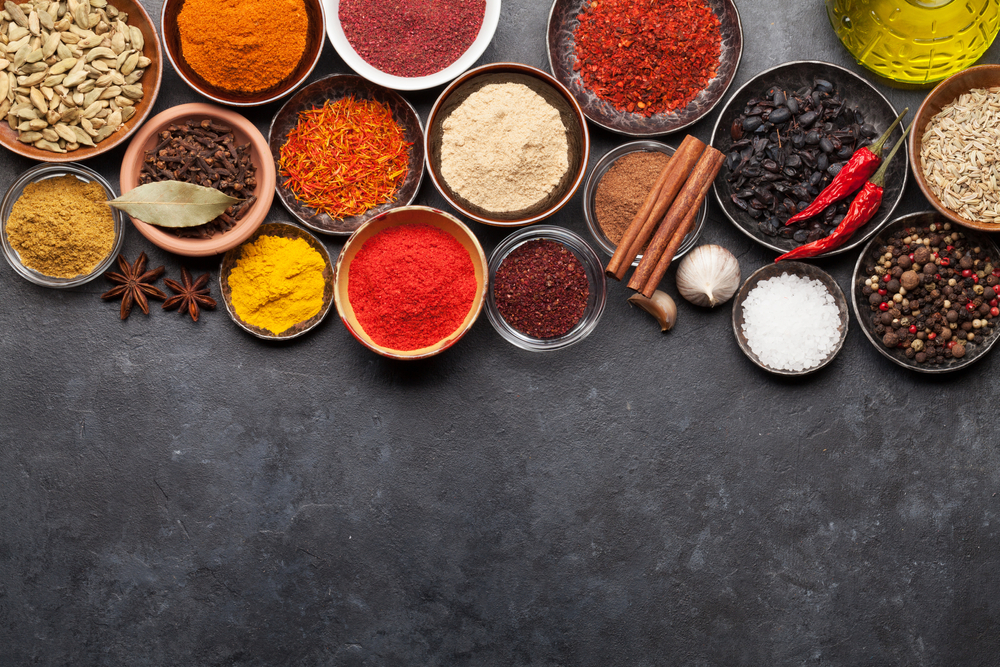
Expiration dates on spices can be misleading, as these flavor enhancers can outlast their suggested timelines if stored correctly. The potency of spices does deteriorate over time, but they rarely become unsafe to use. Dr. Linda Harris from the University of California, Davis, notes that as long as spices are kept in airtight containers, they can last well beyond their expiration dates. When in doubt, give them a good sniff; if they still smell aromatic, they’re good to go.
It’s easy to forget about spices lurking in your cupboard, especially when they have expiration dates that seem far too soon. But rather than focusing solely on the date, consider how they’ve been stored. If kept away from heat and light, spices can maintain their flavor for years. Even if they lose a bit of potency, adding a little extra can make up for it. So, let your nose be your guide and keep enjoying your spiced dishes.
8. Rice: The Long Hauler

White rice is a kitchen staple with an impressive shelf life that can extend far beyond the date on the package. When stored properly in a cool, dry place, white rice can last indefinitely. Its structure makes it resilient to spoilage, unlike other grains. If you’re concerned about the date, remember that rice’s long shelf life makes it a reliable pantry friend. Just ensure it’s kept away from moisture and pests.
Many people stack up on rice because of its versatility and long-lasting nature. You might worry when you see that date, but white rice rarely goes bad. When in doubt, check for any off smells or pests. If it looks and smells as expected, you’re good to cook up a storm. Allow rice to remain a staple in your home, providing comfort and nourishment without the stress of impending dates.
9. Frozen Foods: Less Finicky Than You Think
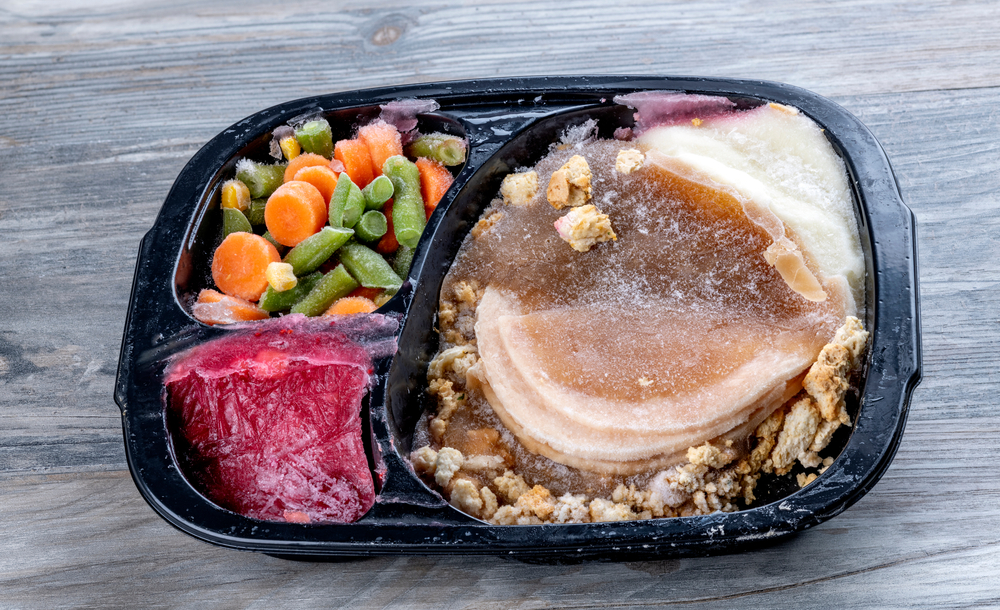
Frozen foods come with a date that can be more about quality than safety. Properly stored in a consistent, low-temperature environment, many frozen items can last well past their expiration date. Texture may change slightly over time, but this doesn’t necessarily mean spoilage. When in doubt, thaw a small portion and check for any off odors or flavors. If it seems fine, go ahead and enjoy that frozen meal or snack.
Many people are wary of frozen foods as they near their expiration date, worried about safety. But the truth is, the cold keeps most foods safe for much longer periods. While some might experience freezer burn, affecting texture and taste, they’re usually still safe to eat. Just ensure your freezer is at an appropriate temperature to maintain quality. This approach can help you make the most of your frozen goods.
10. Honey: Sweet Forever
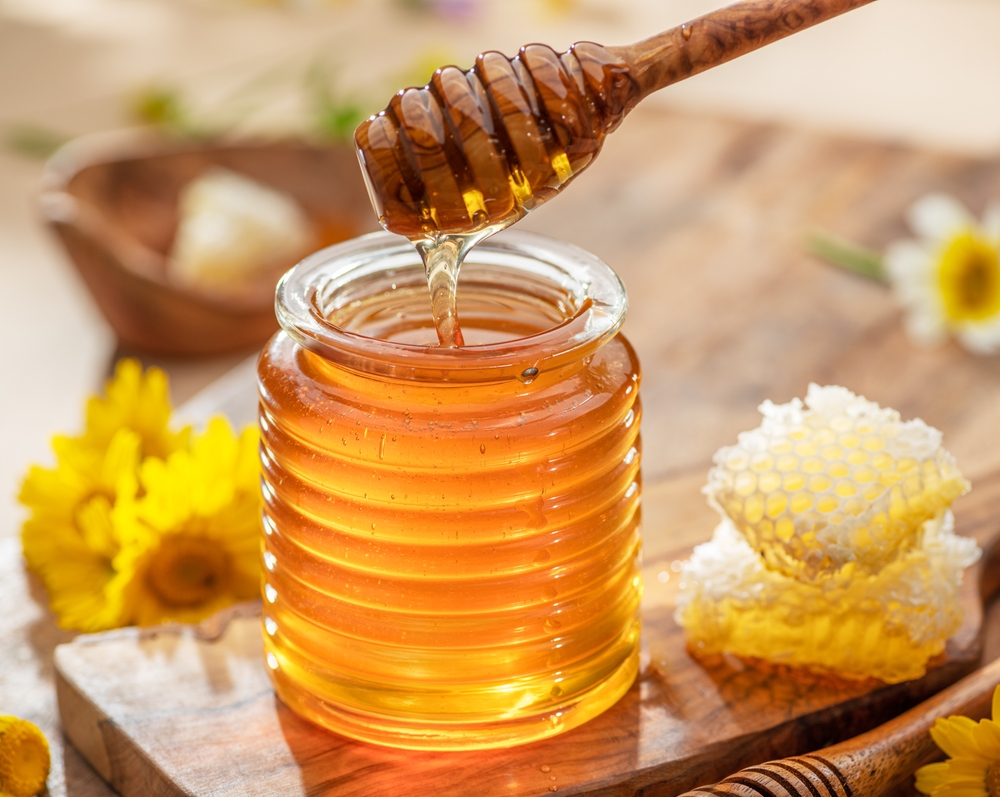
Honey is one of those rare foods that never truly expires. It might crystallize over time, but this is a natural process and doesn’t mean it’s gone bad. Simply place the jar in warm water to return it to its liquid state. Its natural composition allows it to stay safe to eat indefinitely, as long as it’s sealed properly. So, when you see an expiration date on honey, take it with a grain of salt—or sugar.
People often wonder about honey’s longevity, but it’s built to last. Its high sugar content and low moisture create an inhospitable environment for bacteria. If your honey crystallizes, don’t worry; it’s still good. Use it in tea, baking, or as a natural sweetener without concern. So, let honey continue its reign as a timeless kitchen staple.
11. Hard Cheeses: Cut The Mold
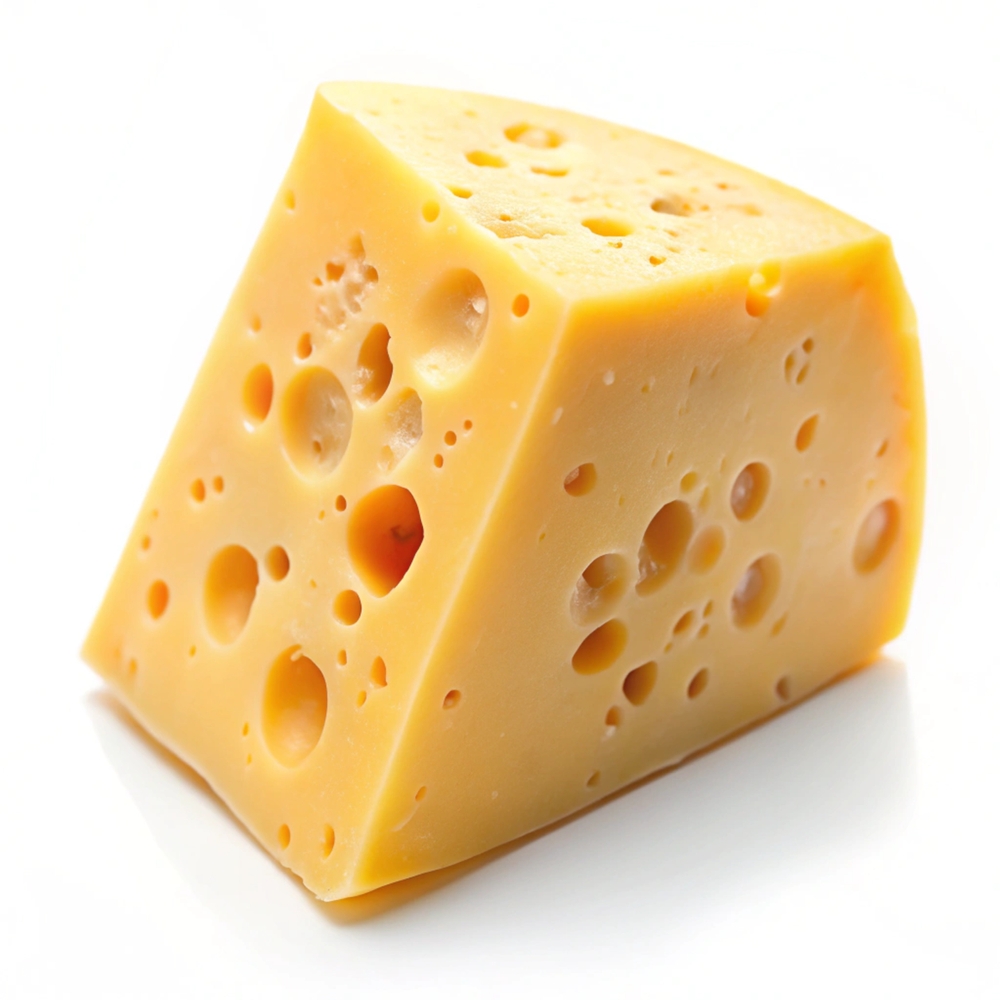
Cheddar, Parmesan, and other hard cheeses are tougher than they look. If mold develops, you can typically cut around it and enjoy the rest without concern. Their dense nature makes them less prone to spoilage compared to softer varieties. Just ensure that they’re wrapped well and stored in a cool place. As long as you don’t see extensive mold growth, your cheese is likely still good.
Hard cheeses might come with a date, but they often outlast these timelines. Unlike softer cheeses, they hold up well against mold and bacteria. When mold does appear, cutting it off usually saves the rest. Check for any unusual odors or textures otherwise. This mindset allows you to savor your cheese without unnecessary waste.
12. Vinegar: The All-Purpose Preserver
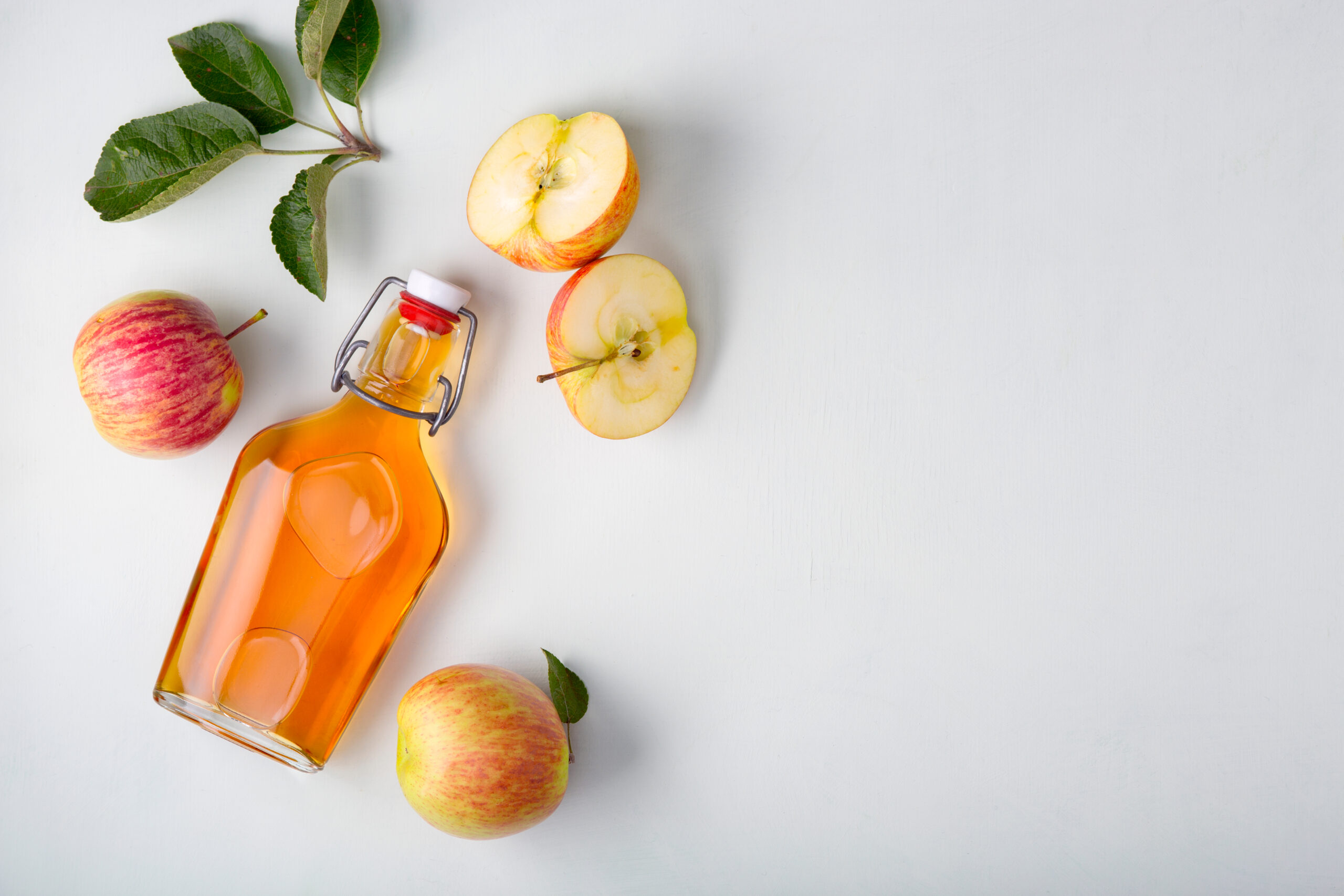
Vinegar is another pantry hero with a virtually indefinite shelf life. Its acidic nature keeps it safe from spoilage, making expiration dates more of a formality. Over time, it might change slightly in color or potency, but these are harmless changes. Whether it’s for cooking or cleaning, vinegar remains effective. So, don’t let a date stop you from using this versatile household staple.
You may have seen vinegar with a date, but its properties make it incredibly resilient. Made from fermented alcohol, vinegar’s acidity prevents microbial growth. Slight changes over time don’t impact its safety or effectiveness. Use it confidently in recipes or as a cleaning agent. With vinegar, dates are more suggestive than a rule.
13. Crackers And Cookies: Texture Over Time
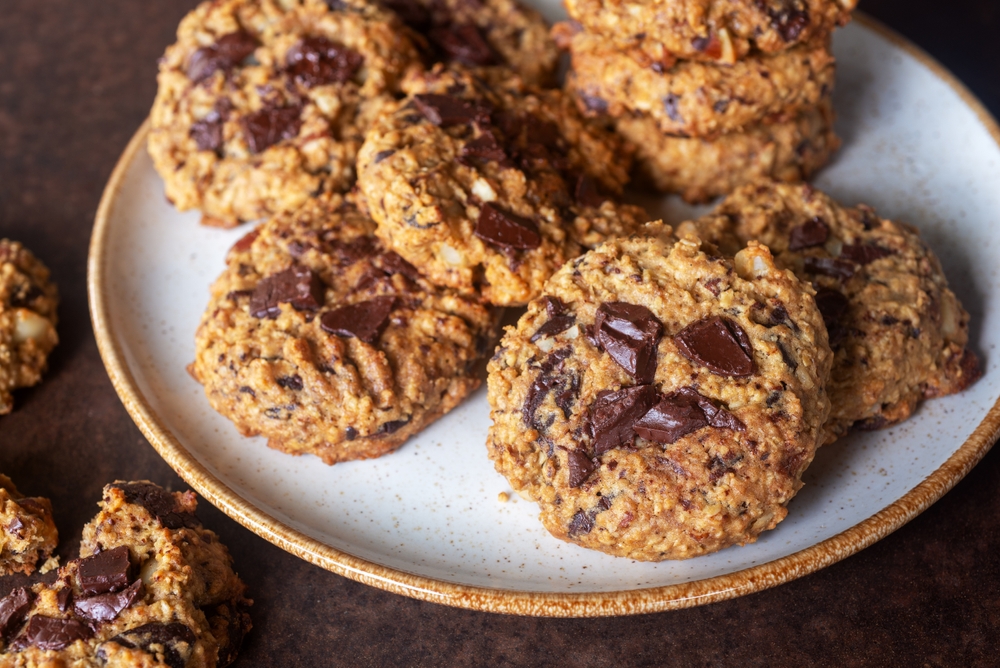
While crackers and cookies can lose their crispness over time, they rarely become unsafe to eat past their expiration date. The packaging keeps them fresh for longer, but even when they go soft, they’re not harmful. If you’re not keen on the texture, a quick bake in the oven can restore some crunch. Check for any off smells or flavors to ensure they’re still good. Otherwise, they remain a snackable option long after the date.
Many people chuck snacks like crackers and cookies as they reach their expiration date. But these treats often remain perfectly fine to eat, though they might lack that fresh crunch. If they seem slightly stale, a few minutes in the oven can revive them. As always, use your senses to guide you. Sometimes, the date is just a number, not a reflection of quality.
Natasha is a seasoned lifestyle journalist and editor based in New York City. Originally from Sydney, during a stellar two-decade career, she has reported on the latest lifestyle news and trends for major media brands including Elle and Grazia.


